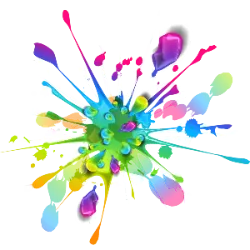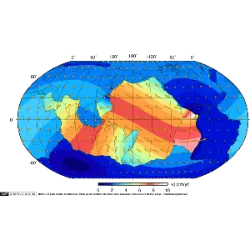The comma is a punctuation mark whose name comes from the Latin "virgûla-"

The comma is a punctuation mark whose name comes from the Latin "virgûla-", which means wand, small dash or line. This term was first recorded in the dictionary by Morais (2nd ed., 1813) (Cunha, Antônio Geraldo da, 1986. Dicionário Etimológico Nova Fronteira. Rio de Janeiro: Nova Fronteira). Its main function is to separate elements with the same syntactic function in a sentence or divide different clauses, avoiding ambiguities. Contrary to what many people think, the comma does not represent pauses in speech. Examples: (1) "Daquela, professora, eu não gosto." (Vocative - someone addresses the teacher) and (2) "Daquela professora eu não gosto." (Someone expresses displeasure towards the teacher).
Did you know?










